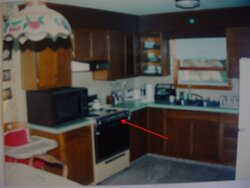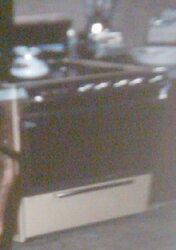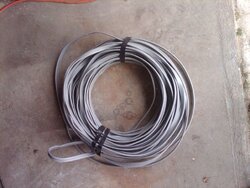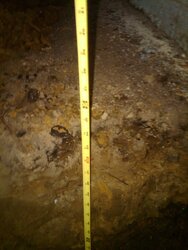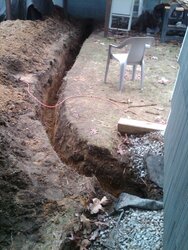Wow, you are 100% correct on the grounds! The best way for everyone to understand this, is the harm that can happen when the ground is incorrect. I have that example. When we first moved into our home years ago we had an old harvest gold color Glenwood stove in the kitchen. My wife was cleaning one day and as she touch the stove control at the same time wiped the counter with a wet sponge and got a wicked electrical shock!
Well I did many hours of research to see why this happened. I found that the way these old stoves were made is this:
All the electrical components in the stove were grounded at different places to the steel shell. The steel shell was then connected to the neutral. A 3 wire cable with 2 hots and a neutral was then ran to the panel!!
The front stove control that my wife touched on the control panel was grounded to the panel and the panel was connected electrically to the rest of the stove with 2 small screws on each end. Well the stove was 20 years old and the screws rusted!
So my wife became the closest point electrically to ground and the current ran right thru her

So the 2 points you made should be very clear to everyone:
1. Best to have only one ground for the current to flow!
2. The ground should be close to the whole unit!
I also found that the new stove I purchased now has 4 wires.
One ground
One Neutral
Two Hots
The new kitchen stoves now have all the electrical component grounds all connected together and should be wired to the Neutral wire.
The stove shell is now separate from the electrical components and is connected to the Ground Wire.
The ground and neutral and the 2 hots are run to the electric panel!!
One ground and separate from the neutral!!
So even though a ground rod could be used closer to the stove, it does not make such a difference that it is a safety hazard.
The shed is very similar to the stove unless it is very far away.
My shed is less than 50 feet from the house, but the circuit panel is on the other end of the house.



